By volunteering just a few hours, you will make a big difference to the Blue Hills!
What is ‘Survey and Save the Forest’?
Survey and Save the Forest is a project to survey the most destructive invasive plants at Ponkapoag Pond so we can develop a management plan that will better protect endangered and other native species.
How Can You Participate?
When you participate, you will join others in identifying the most destructive invasive plants around Ponkapoag Pond… then you’ll look to see if the plants are in a particular part of the forest (using GPS coordinates), take a photo and upload it to our ‘Blue Hills – Invasive Survey’ project in iNaturalist (an app that can collect the data).
Your photos – and those of many others – will create an invasive plant survey. With the data from the survey, you will help save the forest by providing the data we need to develop a plan to control invasive plants and create a healthy forest!
Once you’re trained, you can participate on your own… or join one of the group training and survey events. At the in-person events, you’ll have the opportunity to connect with other volunteers and enjoy refreshments.
Get Started: Sign up for a training!
To get started, sign up for a training. We do not currently have a training scheduled, but if you’re interested, contact us (info@friendsofthebluehills.org) and we’ll talk you through the program… or schedule a training!
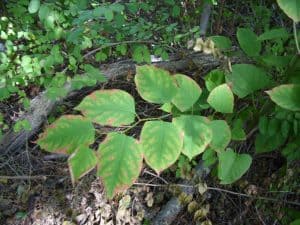
Participants will learn to identify invasive plants like Japanese Knotweed.
Email us to let us know you’re interested in a training: info@friendsofthebluehills.org
Resources for Surveyors
Survey and Save the Forest Information Sheet
Every time you survey, please report your hours on this work report.
You can review the Survey and Save the Forest training video here.
Here’s a link to the map indicating where to collect data. The map is also below and in the Information Sheet, linked above.
List of Invasives
- Buckthorn- Rhamnus cathartica
- Multiflora Rose-Rosa multiflora
- Black swallow-wort -Vincetoxicum nigrum
- Bittersweet-Celastrus orbiculatus
- Phragmites- Phragmites australis
- Garlic Mustard- Alliaria petiolata
- Burning bush- Euonymus alatus
- Barberry- Berberis thunbergii
- Japanese knotweed- Polygonum cuspidatumWe are also beginning to track native species and there is no better time to do this than over the winter! We are tracking all:
- Oaks
- Maples
- Hickories
- Ash
- Pine
- Hemlock
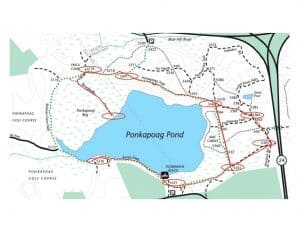
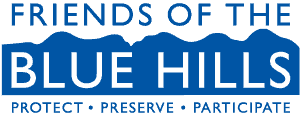

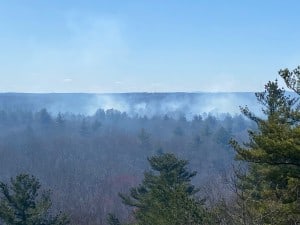

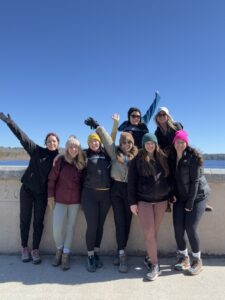

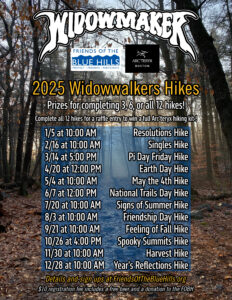

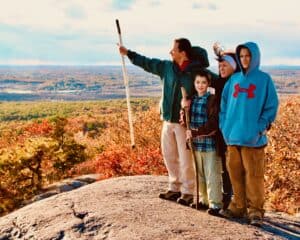
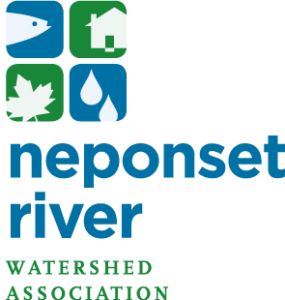
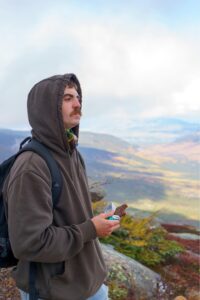


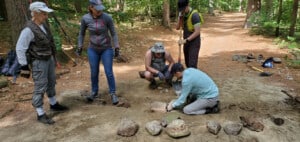
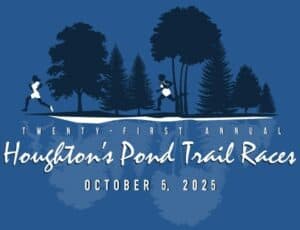
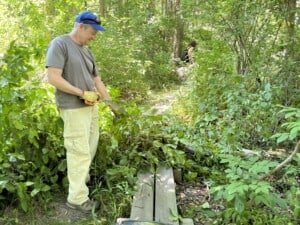
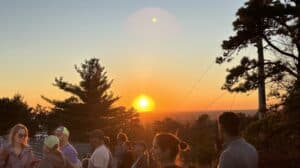
The Black swallowort AKA black dog strangling vine is inside the tennis court and basketball court at Shea Rink and since they (and the baseball field) are no longer mowed I can’t keep up with ripping it out.
Thanks so much for letting us know!